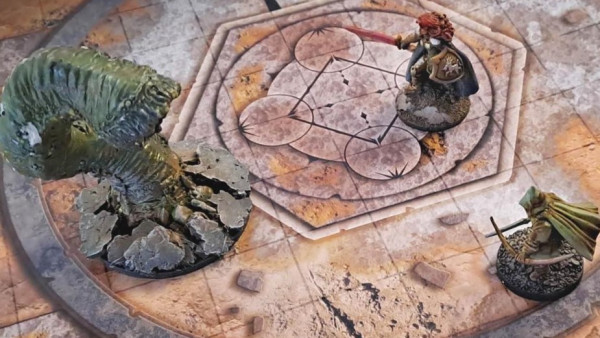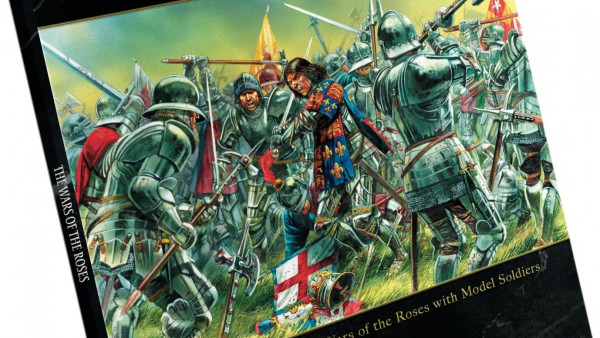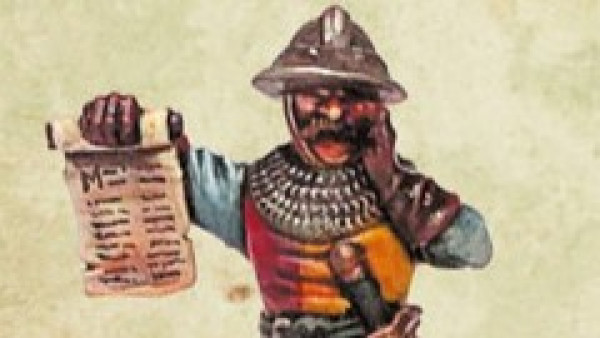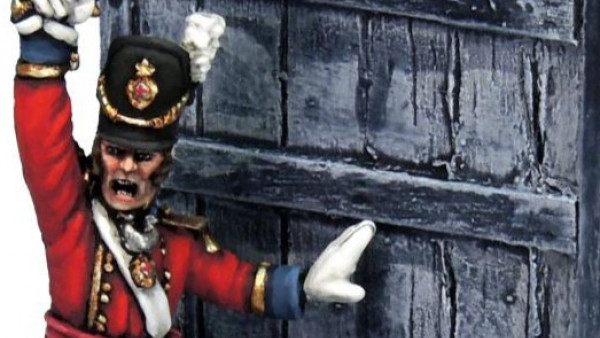Home › Forums › News, Rumours & General Discussion › Question in regards to Probability › Reply To: Question in regards to Probability
The problem here is no one is taking into account of how many rolls. Most of the above answers are correct in that your probability to achieve the 5th table on 5 rolls is 1/12^5, since there is only 1 outcome which is good for us, but what about 6 rolls? Now we need to do some more math. Still have 1 outcome which is good which is 5 12, so that is 1, second we have 6 dice which any one of them can be something other than 12 so that would be 1 * 6 in addition the 6th dice no matter which position has 11 possibilities that are not 12 so we get 1 * 6 * 11 / 12^6. Why you ask is it now 12 to the 6th, that is because that is all the possibilities of 6 12 sided dice. So lets generalize this equation.
OK that was easy what about 7 rolls, now it gets a little harder. We still have 1 good possibility 1, now we have 2 positions where the non 12 could be so the first one could be in any of the 7 positions, the second one can be in the remaining 6 positions so we get 1 * 7 * 6 of those two dice that are not 12 they can be any of the 11 other numbers or 11 * 11 or 11^2, we also have to look at the duplicates and remove them which in this case is 2 so our final equation looks like this 1*7*6*11^2/2*12^7
Lets clean up our equation a bit. First lets remove the original probability an make our equation look like this:
((7*6*11^2)/2*12^2)(1/12^5)
I want to pull another component out of the equation
(7*6/2)(11^2/12^2)(1^5/12^5)
Also notice I added a 1^5 this is allowed since 1 = 1*1 = 1*1*1*1*1. Now I want to simplify the exponents:
(7*6/2)(11/12)^2(1/12)^5
Ok math games now going to add some factorials or X! this simply means 5! = 5*4*3*2*1 it will help us derive a general formula later:
(7!/(5!*2!)(11/12)^2(1/12)^5
All I did is add a 5*4*3*2*1 to the top and the bottom which cancel each other out.
Lets look at a couple of these things (1/12) is the probability of rolling a 12 so we will call that p. 11/12 is the probability of rolling any of the other 11 numbers, so we will call that 1-p. 5 is the number of 12s you want, we’ll arbitrarily assign that x. Finally we want the number of rolls you are going to take which we will assign r. If we look at our equation above we had 7 rolls 5 12s, what is the probability, so if we set 5 to x and 7 to r we get the following equation.
(r!/x!(r-x)!)((1-p)^(r-x))(p^x)
The only intuition I did here is what I am doing removing the duplicates in the other numbers, we are not considering selection order here and we treat 11, 3, 1 of the extra numbers the same as 3, 11, 1.
With this equation you can figure out the probability with any number of rolls and any number of tables. This equation I derived is called binomial probability. While I have not proved it, it can be rather easily be proved by induction, but I have given enough of a math and probability lesson.
See I was paying attention in my probability and statistics class.
–Chris
Edit, I forgot to remove the duplicate solutions.
Edit2: This site https://www.varsitytutors.com/hotmath/hotmath_help/topics/binomial-probability explained it in fewer words than I did.

































![How To Paint Moonstone’s Nanny | Goblin King Games [7 Days Early Access]](https://images.beastsofwar.com/2024/12/3CU-Gobin-King-Games-Moonstone-Shades-Nanny-coverimage-225-127.jpg)





































